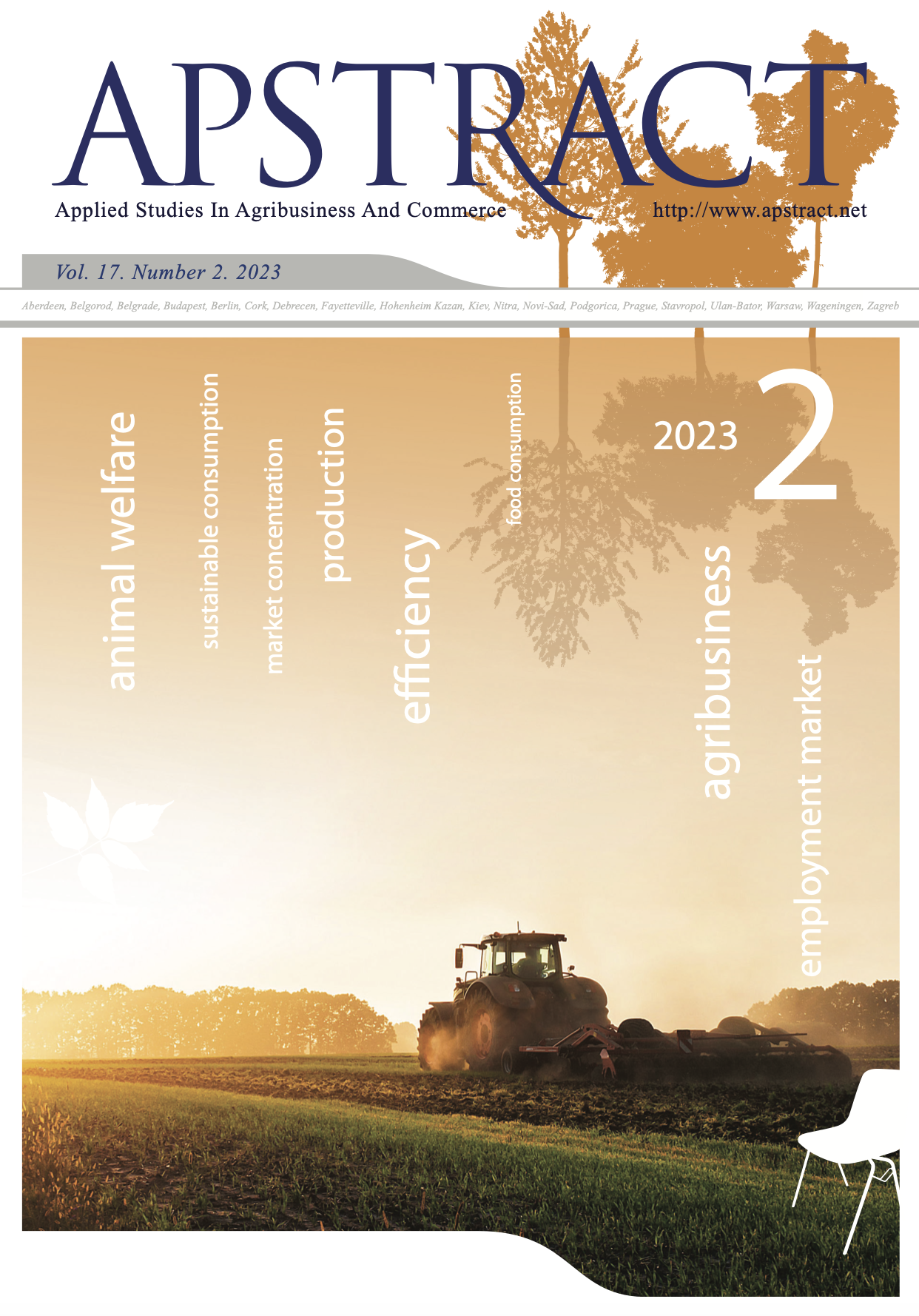THE PROFIT EFFICIENCY OF MORINGA OLEIFERA PRODUCTION IN OSUN STATE, NIGERIA
Author
View
Keywords
License
Copyright (c) 2024 Ayodeji Kehinde

This work is licensed under a Creative Commons Attribution-NonCommercial 4.0 International License.
How To Cite
Accepted 2024-01-29
Published 2023-12-30
Abstract
This study examined the profit efficiency of Moringa oleifera production by farmers in Osun State, Nigeria. Primary data were obtained from 150 respondents. Multistage sampling procedure was used for selecting respondents. The data were analyzed with the aid of descriptive statistics, budgetary analysis and stochastic frontier production function. The findings revealed that male predominate moringa enterprise with about 55.3% male, most producers fall between the age bracket 41-50years with a mean age of 44.92 (± 13.168) years and the average farm size is 0.3 hectares whilst indicating that most producers had less than 0.1 hectares of land. Moringa production had a benefit cost ratio of ₦5.852, profit margin of ₦0.182, expense structure ratio of ₦0.107, net return on investment ₦4.857, rate of return of ₦5.482 and profitability ratio of ₦0.981. The average profit efficiency of moringa producers was 18.73% on the profit frontier. Family labour, hired labour and transport cost were significant and had positive coefficient while the seed cost, pesticide cost, level of education and farm size are also significant but bears negative coefficient. The level of education and farm size are amongst the inefficiency variables considered. This study concludes that Moringa oleifera production is highly profitable but producers have not been able to maximize profit efficiency. It therefore recommends that producers improve on adding value to moringa products and extend their channels of distribution considering the cost incurred on transportation.


 https://doi.org/10.19041/APSTRACT/2023/2/2
https://doi.org/10.19041/APSTRACT/2023/2/2




